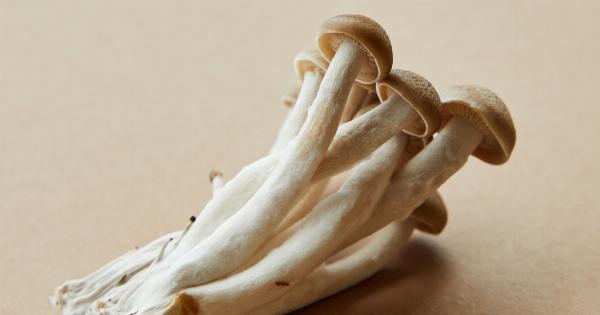Yellow nails on hands and feet can be embarrassing and a sign of an underlying medical condition.
There are numerous reasons why a person may have yellow nails, such as smoking, fungal infections, and medical conditions like psoriasis or thyroid problems. However, the good news is that there are ways to eliminate yellow nails and achieve healthier, brighter nails.
In this comprehensive guide, we’ll explore why nails turn yellow, how to prevent yellow nails, and how to get rid of yellow nails on hands and feet.
Why Do Nails Turn Yellow?
There are many reasons why your nails may turn yellow, including:.
1. Fungal Infections
A fungal infection is one of the most common causes of yellow nails. The fungi will invade the nail and discolor it. Toenails are more likely to be affected than fingernails, but both can get infected.
If you have a fungal infection, you may notice that your nails are thick, brittle, and have a foul odor. Athlete’s foot is a common fungal infection that can spread to the toenails.
2. Health Problems
A variety of health problems can cause yellow nails, such as diabetes, liver disease, and thyroid problems.
Nail discoloration can be a sign of an underlying medical condition, so if you notice yellow nails, it’s important to see a doctor to rule out any health problems.
3. Smoking
Smoking is a common cause of yellow nails. The nicotine in cigarettes can stain your nails yellow over time. Other chemicals in cigarettes can also weaken your nails and make them more susceptible to infections.
4. Aging
As we age, our nails may become yellow due to changes in the nail bed. This is a natural process that usually affects the toenails more than the fingernails.
5. Inadequate Nail Care
If you don’t properly care for your nails, they may become discolored. Overuse of nail polish and nail polish removers can damage your nails and cause them to turn yellow.
How to Prevent Yellow Nails
Preventing yellow nails can be as simple as taking good care of them. Here are a few tips to keep your nails healthy and yellow-free:.
1. Keep Nails Clean and Dry
Wash your hands and feet regularly with soap and water, and dry them thoroughly. Make sure to clean under your nails, too. Fungal infections can thrive in warm, moist environments, so keeping your nails clean and dry can help prevent infections.
2. Avoid Harsh Chemicals
Limit your exposure to harsh chemicals, such as cleaning products and nail polish removers. Wear gloves when you’re cleaning, and use acetone-free nail polish remover.
3. Don’t Bite Your Nails
Biting your nails can damage the nail bed and make your nails more susceptible to infections and discoloration.
4. Use a Nail Hardener
A nail hardener can strengthen your nails and make them less likely to become discolored.
How to Get Rid of Yellow Nails
If you already have yellow nails, there are several ways to get rid of them:.
1. Trim Your Nails
Trim your nails short and file them regularly. This can help reduce the appearance of yellow nails.
2. Use Baking Soda and Lemon Juice
Mix baking soda and lemon juice to create a paste. Apply the paste to your nails and let it sit for a few minutes before rinsing it off. Baking soda and lemon juice can help whiten and brighten your nails.
3. Apply Tea Tree Oil
Tea tree oil is a natural antifungal agent that can help treat fungal infections. Apply tea tree oil to your nails daily to help eliminate yellow nails caused by a fungal infection.
4. Visit a Dermatologist
If home remedies aren’t working, it’s time to see a dermatologist. Your dermatologist may recommend prescription-strength antifungal medication or other treatments for yellow nails.
Conclusion
Yellow nails on hands and feet can be embarrassing, but they’re also treatable. By following good nail care practices, preventing fungal infections, and using home remedies or visiting a dermatologist, you can achieve healthier, brighter nails.





























